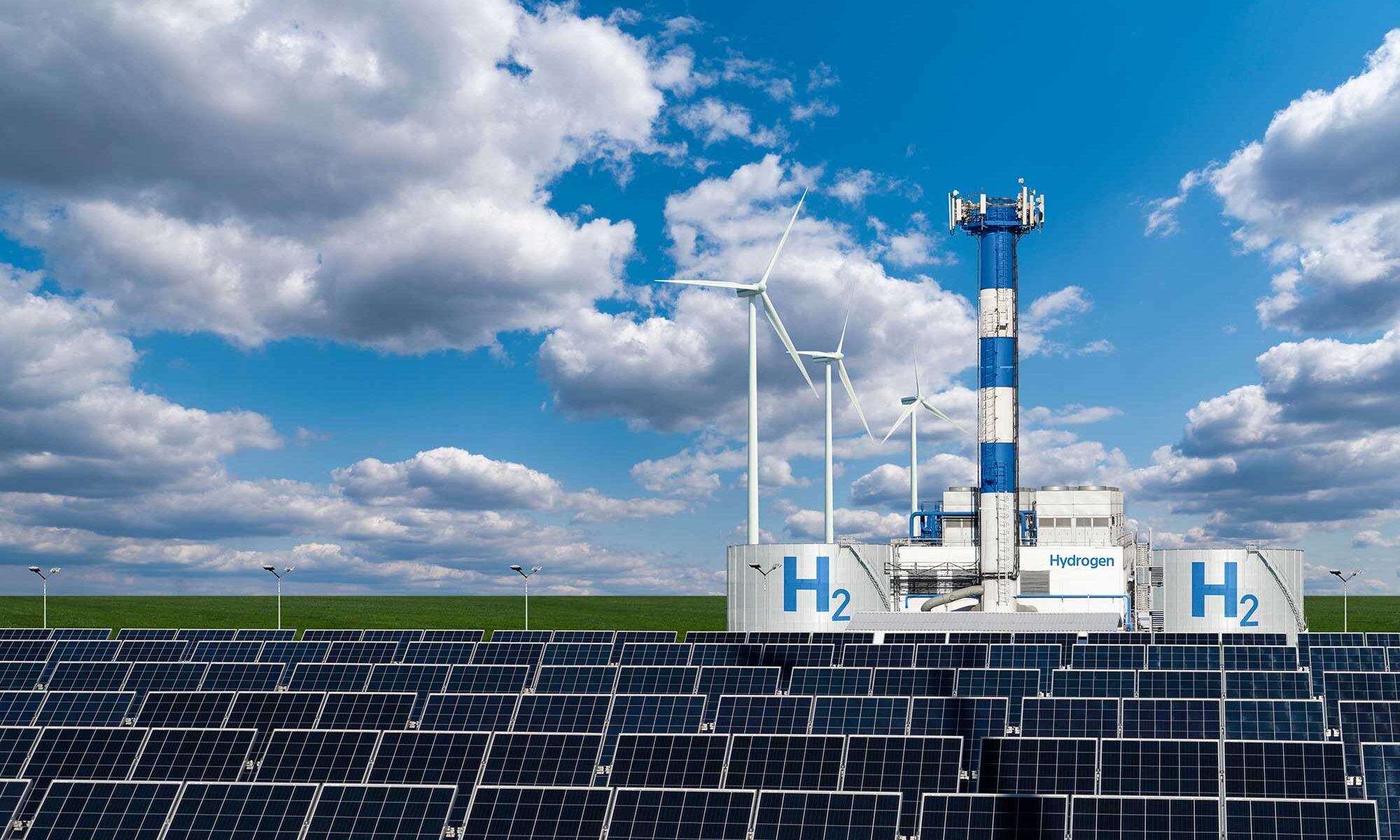Currently, iridium is still indispensable in electrolysers working with the widely used PEM (Proton Exchange Membrane) technology. Europe’s planned production of tens of gigawatts of green hydrogen by 2030 could be jeopardised by a lack of iridium supply. TNO expert Lennart van der Burg: “In ten years’ time, demand for iridium would far exceed the amount available. Moreover, we are dependent on only a handful of countries for supply, with all the risks that entails.”
With the new method developed by TNO, much less of this rare element is needed, while already a performance of 25% – 46% of the current generation of electrolysers can be achieved. This uses the spatial Atomic Layer Deposition (sALD) technology previously developed by TNO, a method for applying extremely thin layers of functional materials to large surfaces.
The performance and stability of the new process has been demonstrated in the lab. Within the Voltachem partnership, TNO is working with a group of leading industrial partners to scale up this promising technology. Voltachem is a “Shared Innovation Knowledge Program” set up by TNO and the Top Sector Chemicals. This innovative programme brings together scientific experts and stakeholders from the power, appliance and chemical industries to solve a selection of the most difficult energy consumption and efficiency challenges.
For more information, visit TNO’s website.
Image: Scharfsinn/Shutterstock



